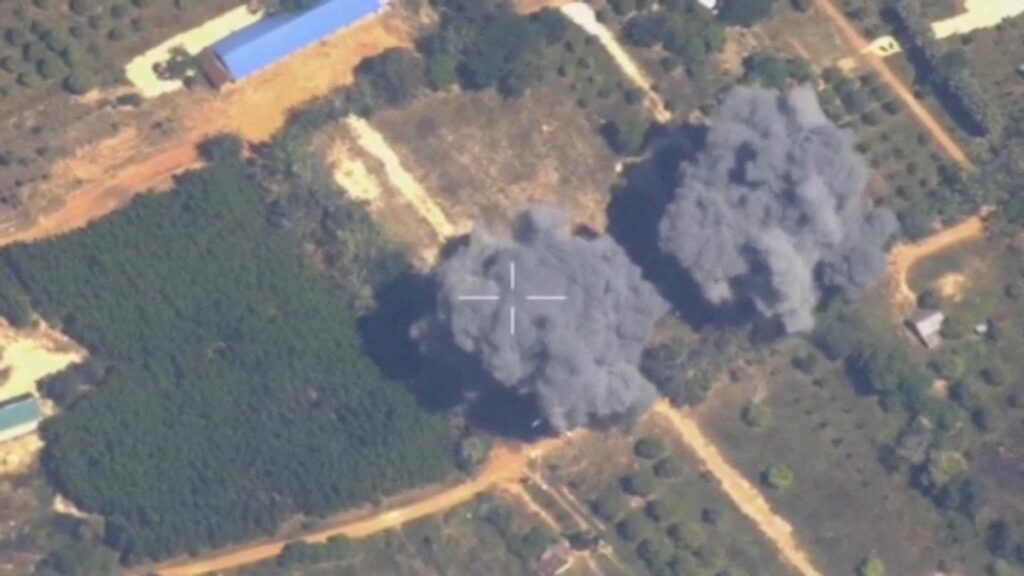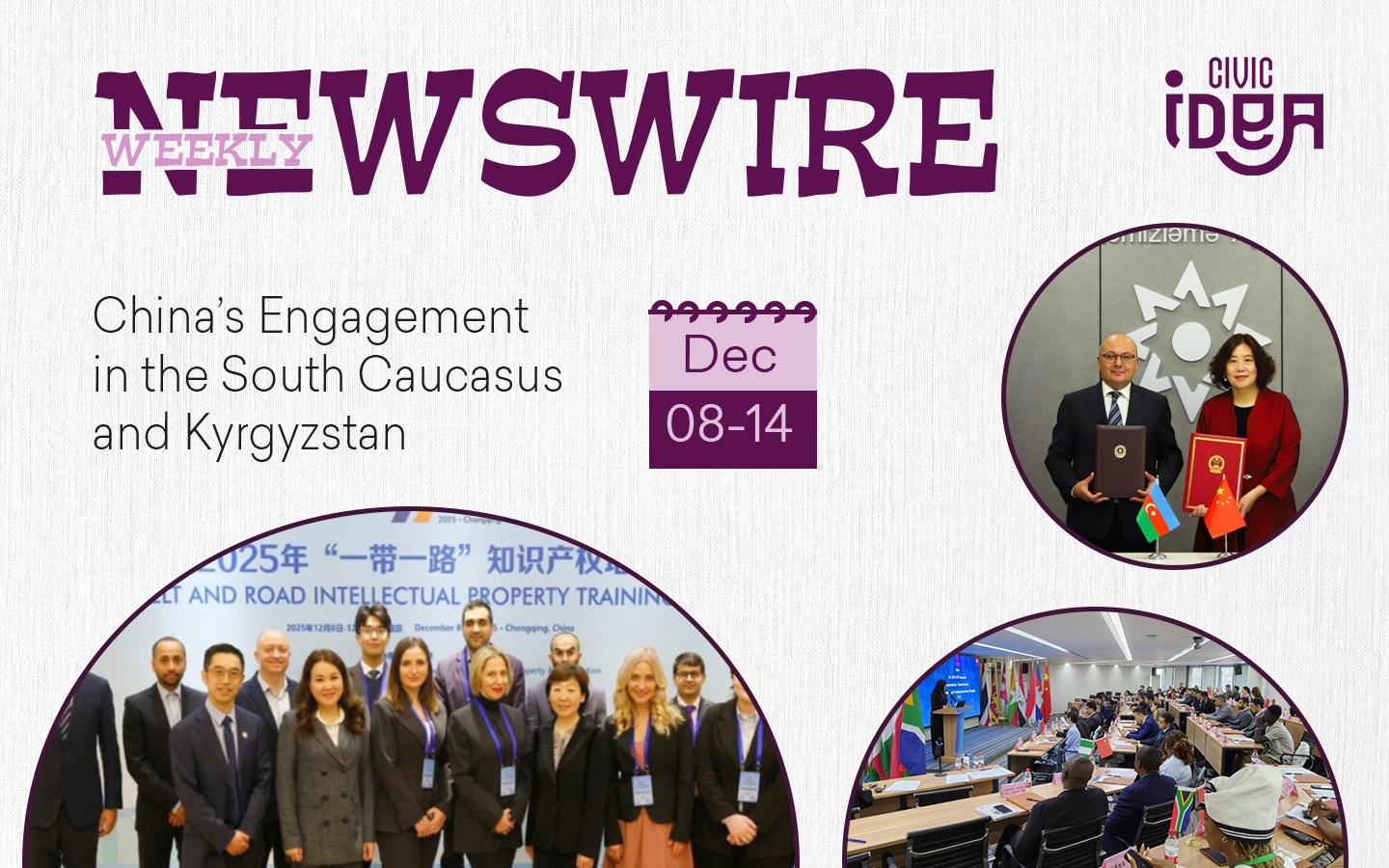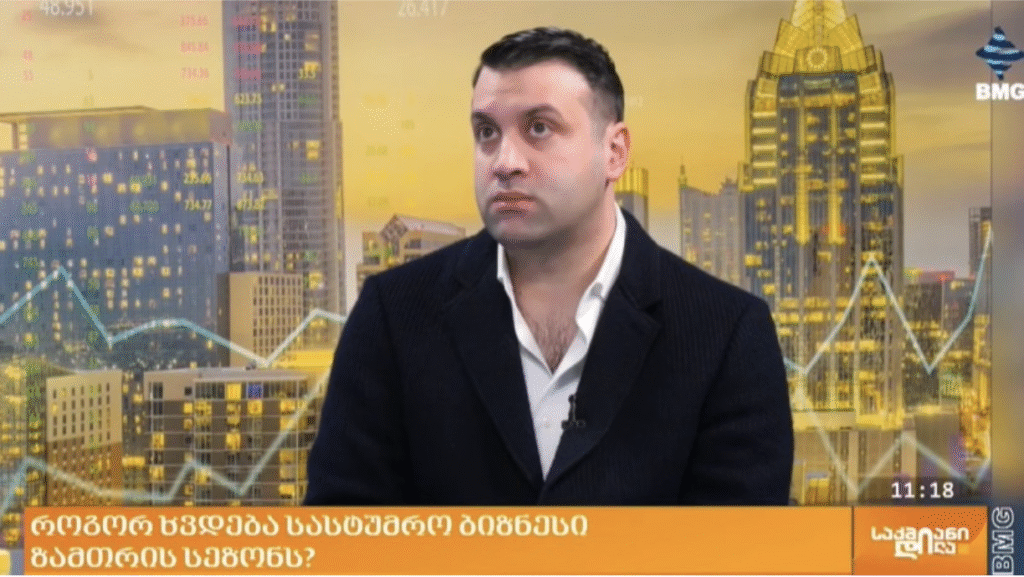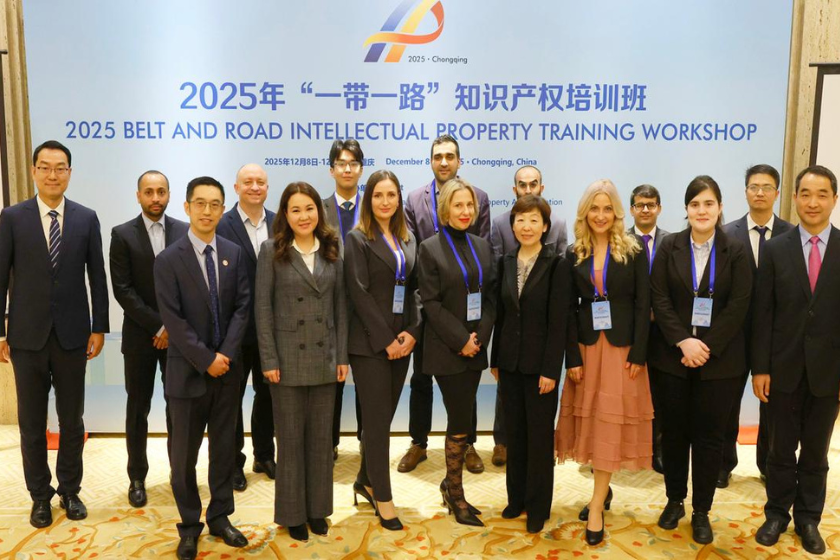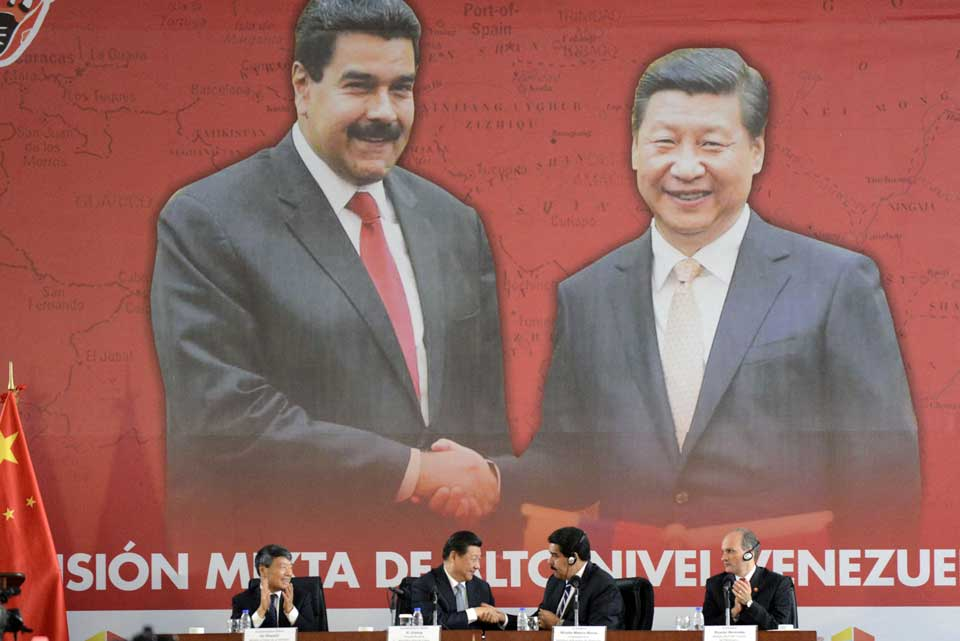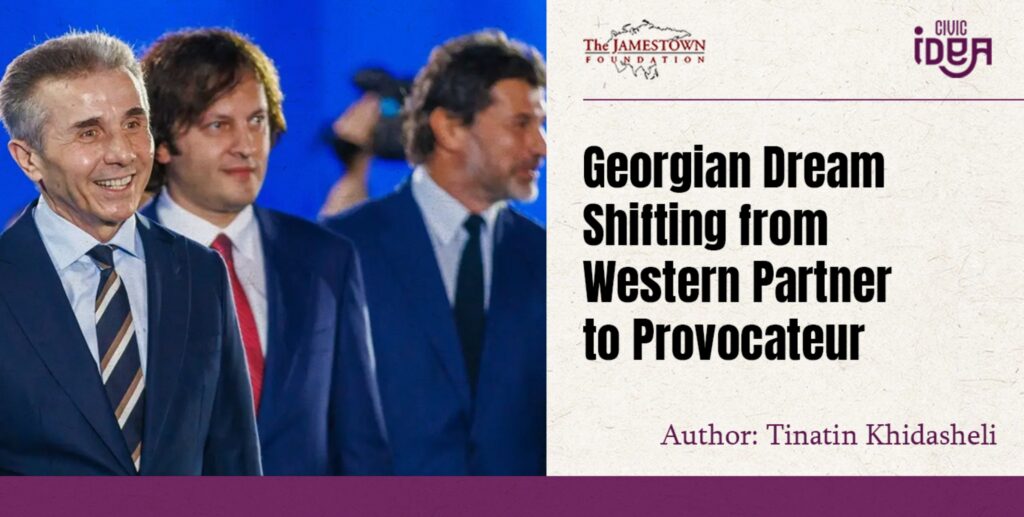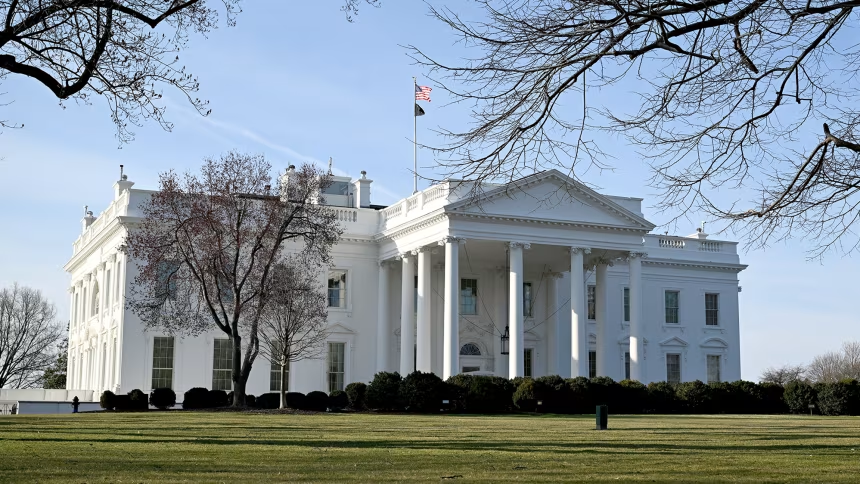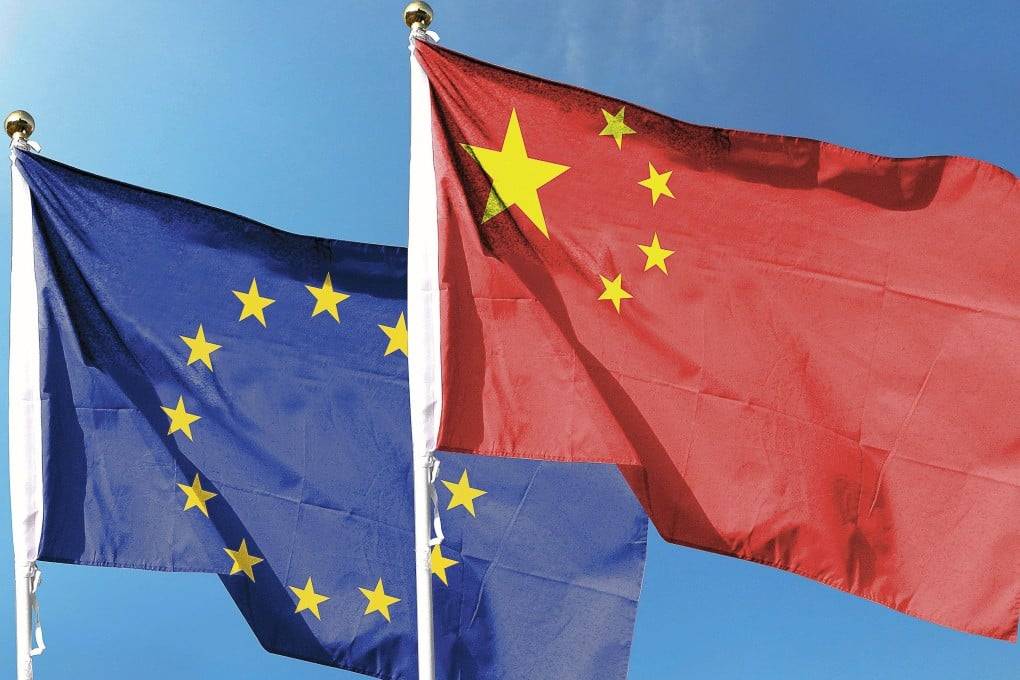China has joined talks between Thailand and Cambodia
China has joined talks to end the escalating military action between Thailand and Cambodia. Since early December, China has been actively involved in negotiations aimed at halting the intensified military conflict between the two nations. On December 23, the Foreign Ministry’s Special Representative for Asian Affairs, Deng Zijun, concluded a six-day visit to Thailand and Cambodia, reaffirming China’s interest and commitment to ending the military conflict and stabilizing relations between the parties. In addition to this direct visit, Foreign Minister Wang Yi held separate telephone conversations with the Cambodian and Thai foreign ministers last week.
The dispute between Thailand and Cambodia regarding the territory surrounding the Preah Vihear Temple has been a source of conflict for decades and has escalated alarmingly since July 2025. Reporting indicates that the fighting has claimed at least 60 lives and displaced more than half a million people.
Importantly, this visit represents China’s proactive attempt to play a significant role in stabilizing relations among Southeast Asian states. This marks a departure from its traditional foreign policy, which has largely maintained a “silent” and neutral stance regarding the territorial disputes of other countries. In an official statement, the Chinese Foreign Ministry expressed deep sorrow over the devastating consequences of the military actions and the high number of casualties, calling on both countries to end the conflict immediately. Furthermore, China positively evaluated the active involvement of the Association of Southeast Asian Nations (ASEAN) in the peace talks, emphasizing its readiness to facilitate conditions and provide a platform for dialogue and negotiations between the two sides. China remains hopeful that both Cambodia and Thailand will work to restore mutual trust and peace along the border.
Notably, the United States was also actively involved in negotiations to end the military conflict between Thailand and Cambodia. Furthermore, in October, Donald Trump included the temporarily suspended military confrontation among the eight conflicts he claimed to have ended. However, shortly after this statement, the confrontation between Thailand and Cambodia escalated once again. In response to Trump’s assertion and the renewed military hostilities, China criticized the United States for its superficial approach. ChinaDaily was highly critical of America’s “transactional mediation,” emphasizing that, unlike the U.S., China’s involvement is aimed at addressing the root causes of the issue and establishing a long-term peace framework. Additionally, the article highlights that in a conflict characterized by complex historical sensitivities, few parties can gain the necessary trust for success. According to the article, China is one such party, capable of resolving this conflict as successfully as its mediation between Iran and Saudi Arabia last year.
Author: Mariam Kapanadze
China has joined talks between Thailand and Cambodia Read More »

